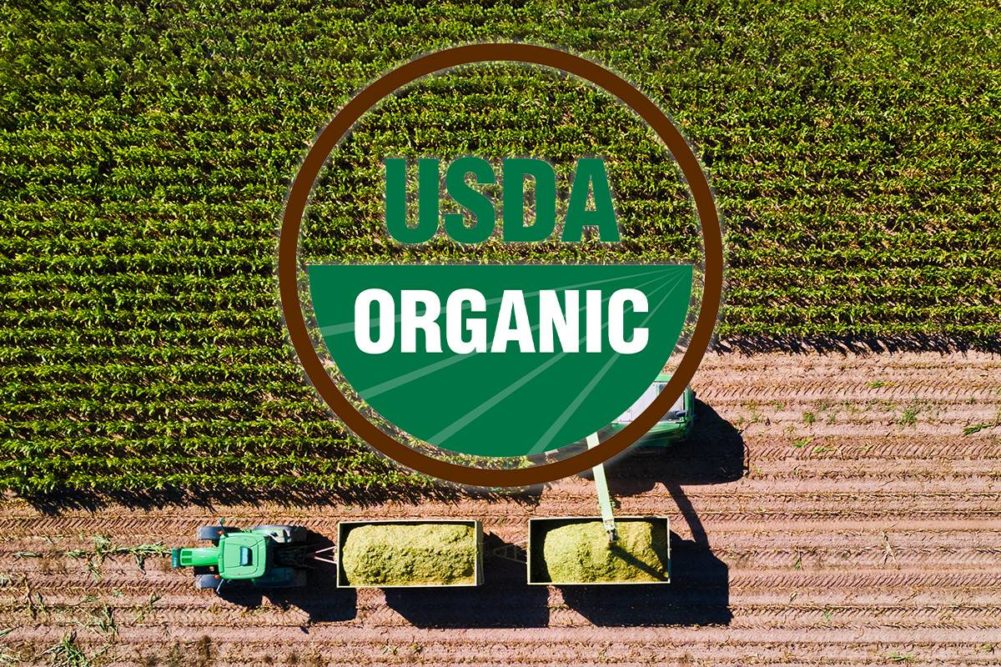SILVER SPRING, MD. — An analyst with Mercaris, a market data and online trading service for organic and non-GMO commodities, expects wide price swings for organic grains and oilseeds in 2022-23 due to a record-large soybean crop, reduced corn production and overall tight supplies of organic wheat.
After two years of rising prices, organic soybean values are expected to weaken in the first half of 2022-23 due to record-high production in 2022. The large domestic crop also is expected to limit import demand for organic soybeans.
Organic corn supplies are expected to remain stable despite lower 2022 acreage, and prices are projected to climb.
“We estimated 2022-23 began with large carryover stocks of organic corn,” said Ryan Koory, vice president of economics with Mercaris. “However, US organic corn production is expected to decline this fall, largely offsetting these carryover stocks and keeping prices supported through harvest. Furthermore, the outlook for US organic corn imports is expected to be bullish for prices as supply issues in Argentina, Canada and the Black Sea region reduce US imports of organic whole and cracked corn.”
He expects higher prices for US organic corn will persist into the fall 2023.
Mercaris also had a bullish outlook for US organic wheat, noting improved spring wheat yields from a year ago but overall lower production, “keeping supplies generally tight and bullish support under prices.” Persistent drought conditions across large swaths of the US High Plains are expected to result in mixed wheat quality, elevated protein levels and “an uncertain 2023-24 organic winter wheat crop outlook.”
Mr. Koory said he did not expect higher prices for US organic corn and wheat to endure, with prices declining in the last half of 2023 as farmers likely shift some acres away from soybeans and into corn and wheat. At the same time, lower organic soybean production is expected to support soybean prices.
“US organic soybean area could decline by as much as 25% over 2023-24,” Mr. Koory said. “Half of these acres are expected to rotate into organic corn with organic spring wheat area expanding slightly as well.”
Mercaris noted that its outlook was “heavily dependent upon no additional trade disruptions developing over the coming year, and US weather patterns facilitating more typical growing conditions.”





